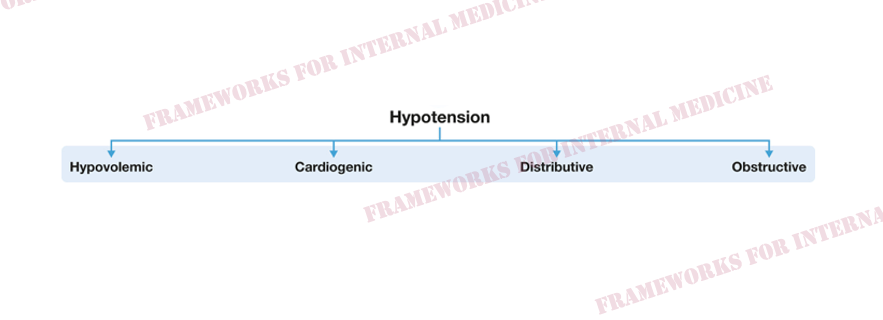
Clinician. Author of #FrameworksForInternalMedicine. Cofounder https://t.co/iXxv1ZNGbj. https://t.co/1javJYYL59
8 subscribers
How to get URL link on X (Twitter) App


 2/11
2/11 

 2/11
2/11

 2/13
2/13



 2/11
2/11 


 2/9
2/9




 2/8
2/8 



 2/11
2/11